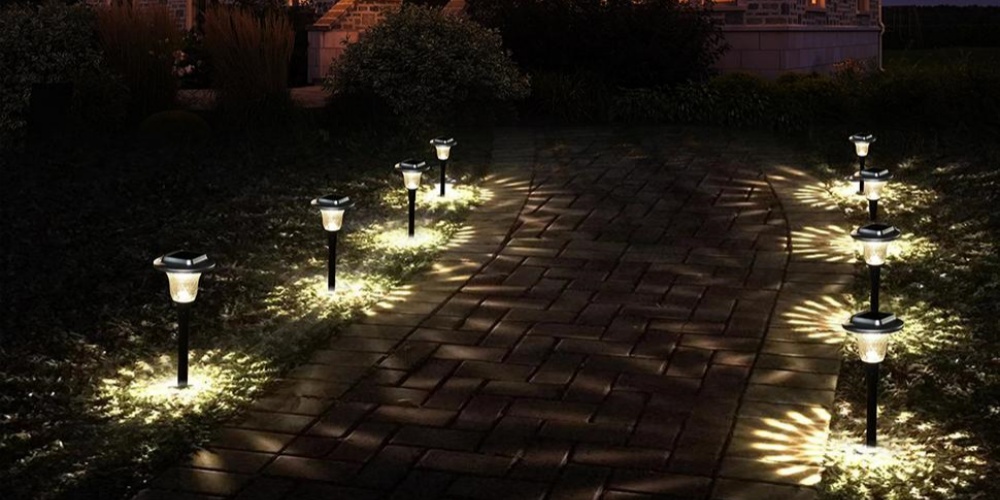what are you looking for?
The effectiveness of solar lights in illuminating outdoor areas is greatly influenced by their light distribution pattern, making it important to select the appropriate one for specific lighting requirements. The light distribution patter, characterized by its shape and intensity, dictates how evenly light is dispersed across a space and affects aspects such as brightness, coverage, and overall atmosphere. Solar powered lights are available in various distribution patterns, including symmetrical and asymmetrical, each offering distinct advantages for different uses.
A prevalent distribution pattern for solar lights is the circular or symmetrical type, where light spreads evenly in all directions from the source. This pattern is particularly suitable for pathways, gardens, or open areas, as it ensures balanced illumination and minimizes shadows, facilitating safe navigation at night. Symmetrical patterns are commonly used in solar pathway lights and post-mounted solar fixtures, contributing to a visually pleasing and uniform glow in outdoor settings.

In contrast, asymmetrical distribution patterns are more effective for targeted lighting, directing light towards specific areas. This pattern is beneficial for situations where illumination is needed on one side or in a particular spot, such as along walls, driveways, or garden beds. Asymmetrical patterns are frequently found in solar flood lights and solar spot lights, which focus a concentrated beam of light to enhance security and visibility in designated areas. This type of distribution also minimizes light spillover, making it ideal for focused lighting without affecting nearby spaces.
When selecting a light distribution pattern, it is crucial to consider the specific needs and intended use of the area. For instance, circular distributions can create a welcoming atmosphere in residential landscapes, while asymmetrical patterns are better suited for security purposes or to accentuate architectural features. Choosing the right distribution for solar lights not only enhances their functionality but also improves energy efficiency by directing solar-generated light to where it is most needed, thereby maximizing the effectiveness and visual appeal of outdoor lighting arrangements.

Xiamen SLD Technology Co., Ltd
 Chengyi North Street, Software Park 3, Jimei District, Xiamen Fujian, China
Chengyi North Street, Software Park 3, Jimei District, Xiamen Fujian, China +86 188 5929 8629
+86 188 5929 8629 sales@solarlightsdo.com
sales@solarlightsdo.com Blog | Sitemap | XML | Privacy Policy
Blog | Sitemap | XML | Privacy Policy

